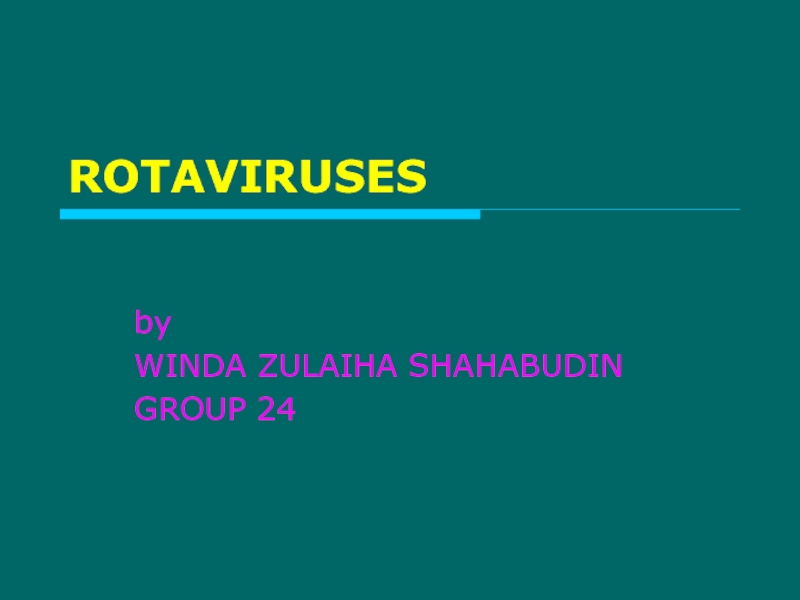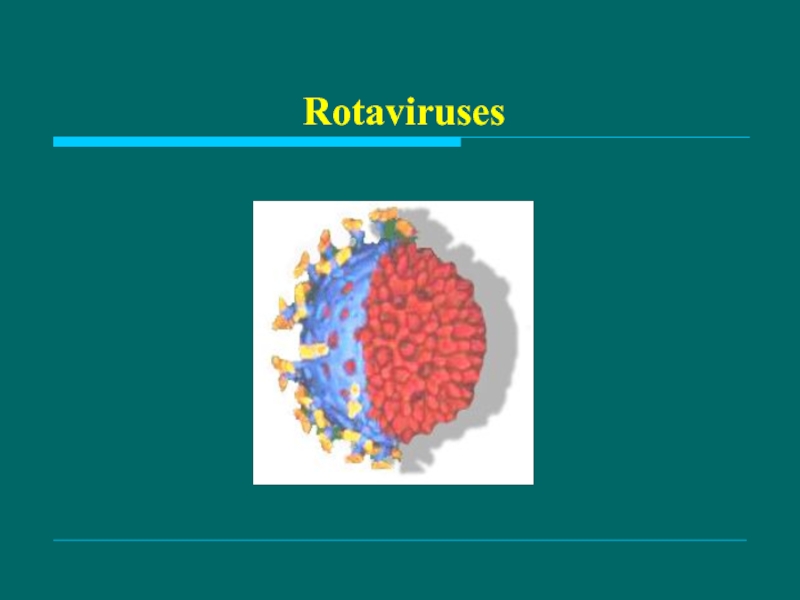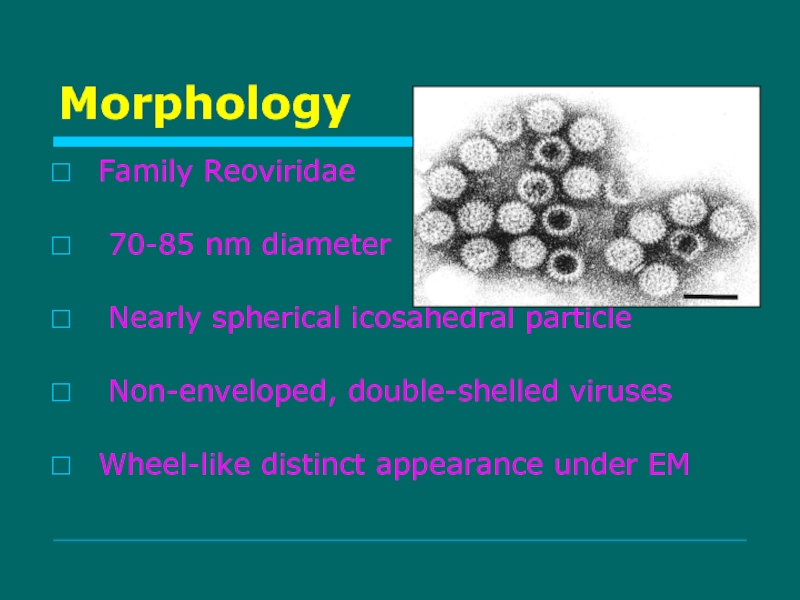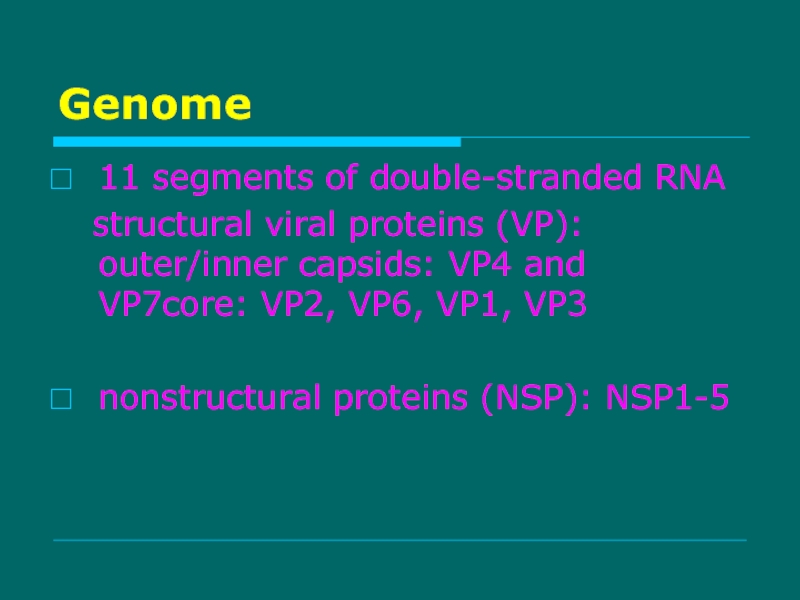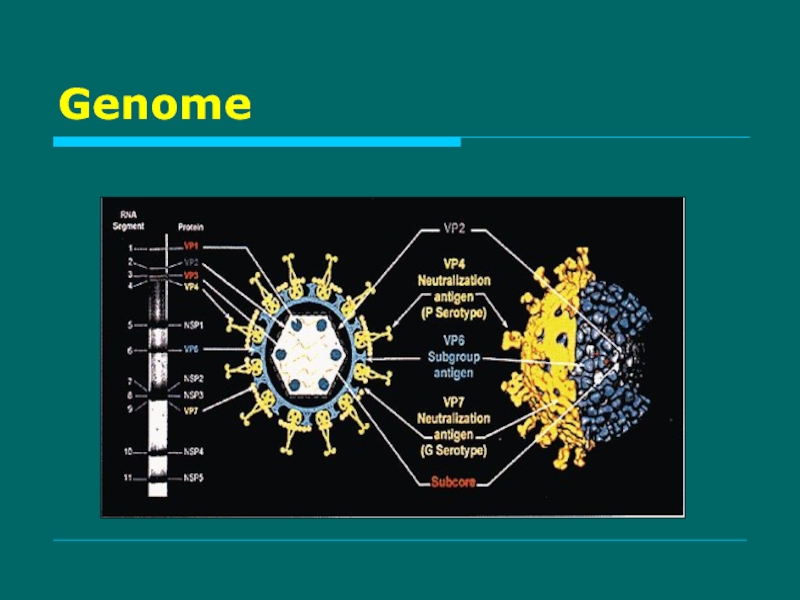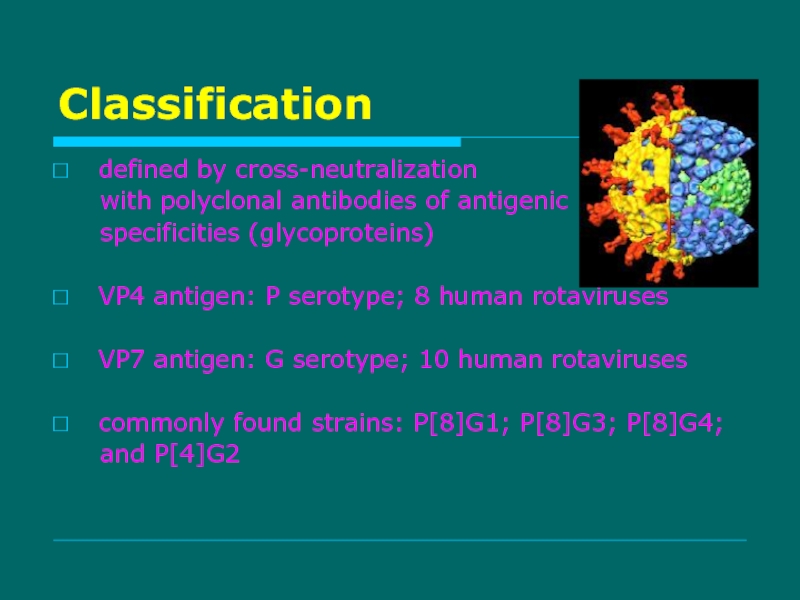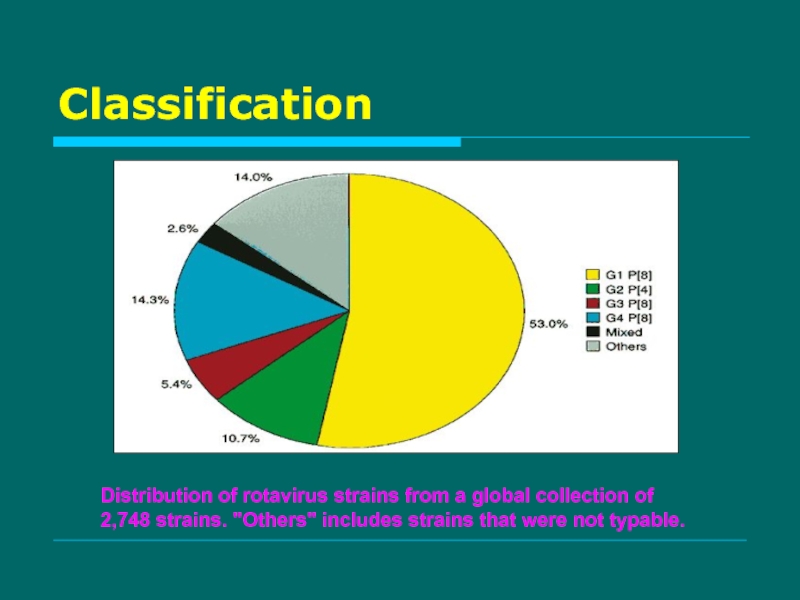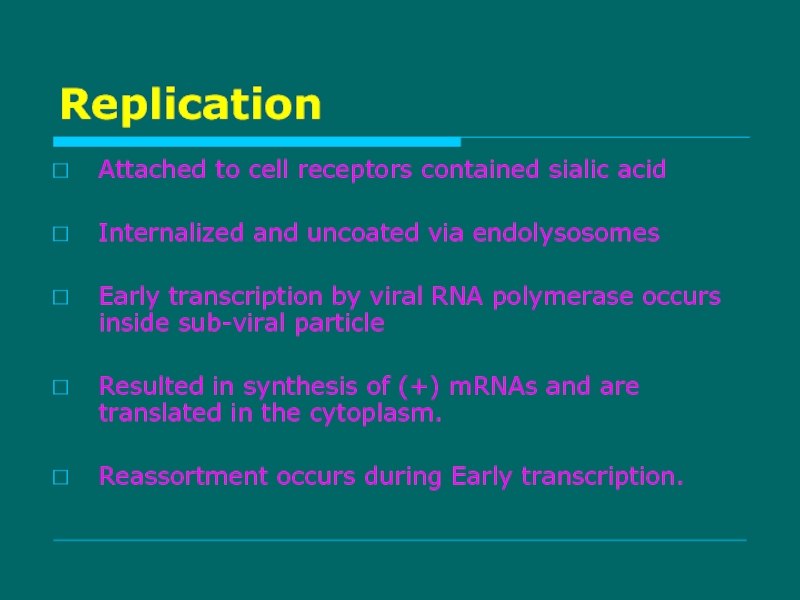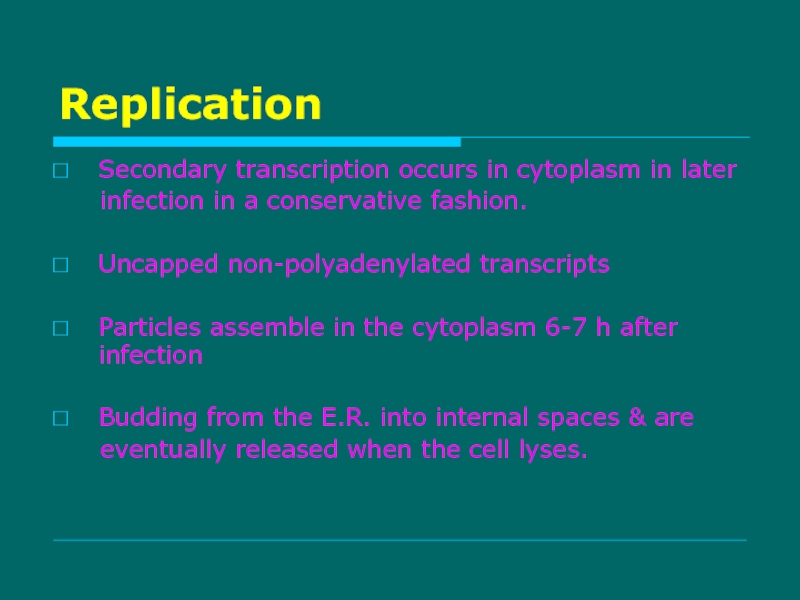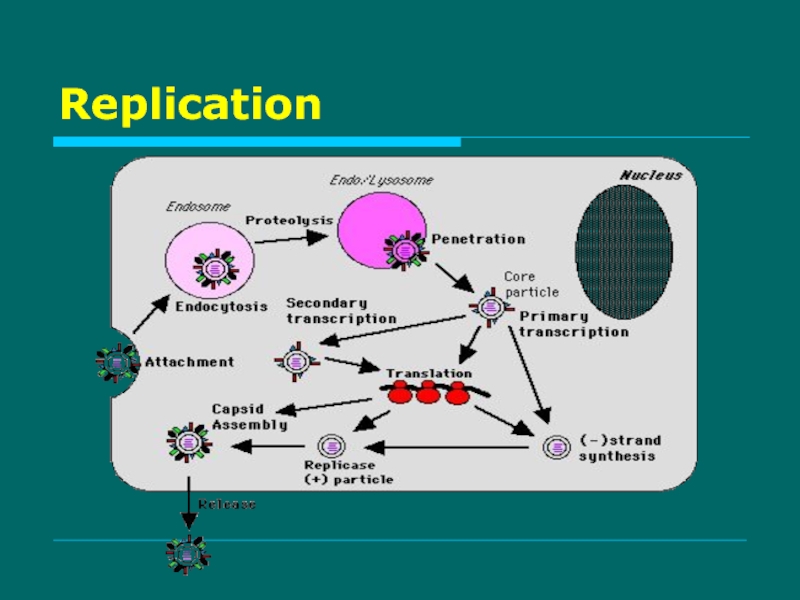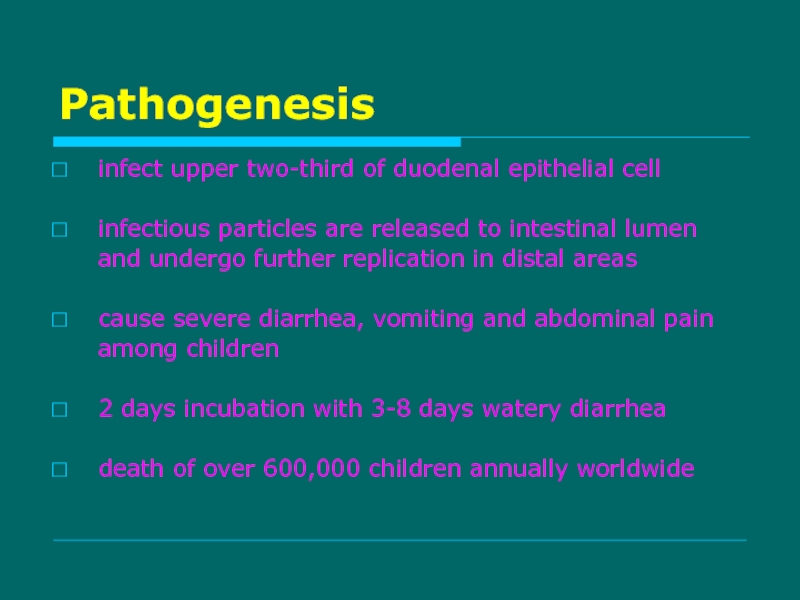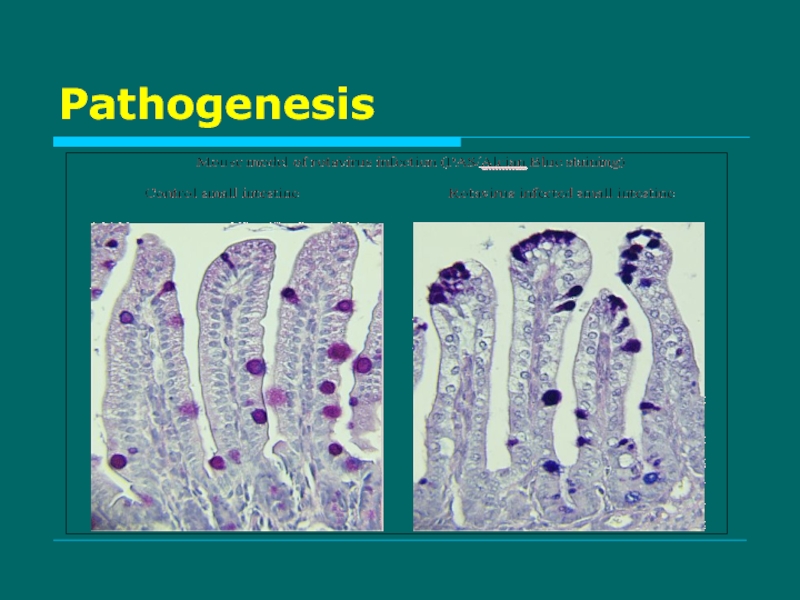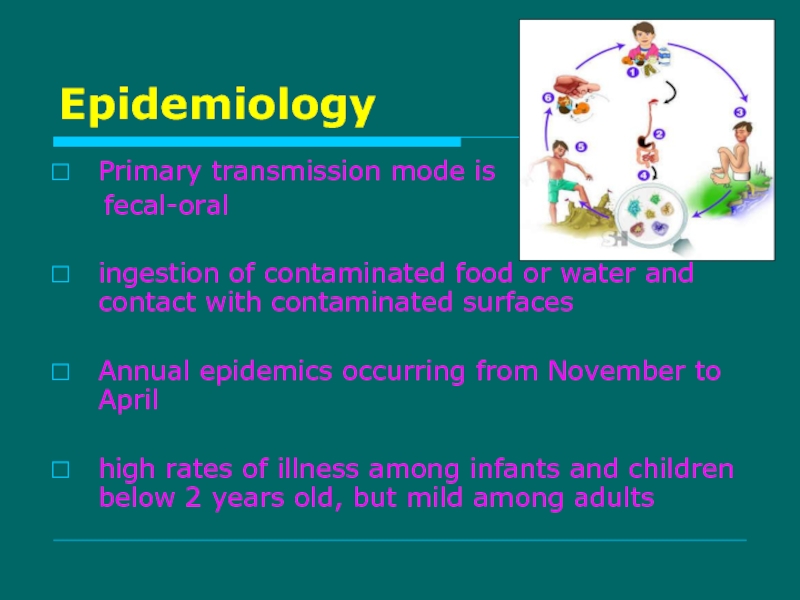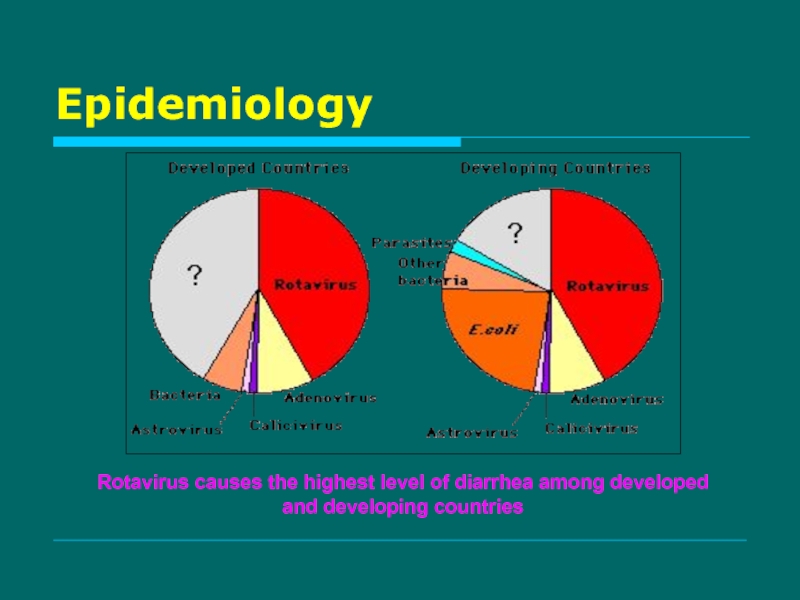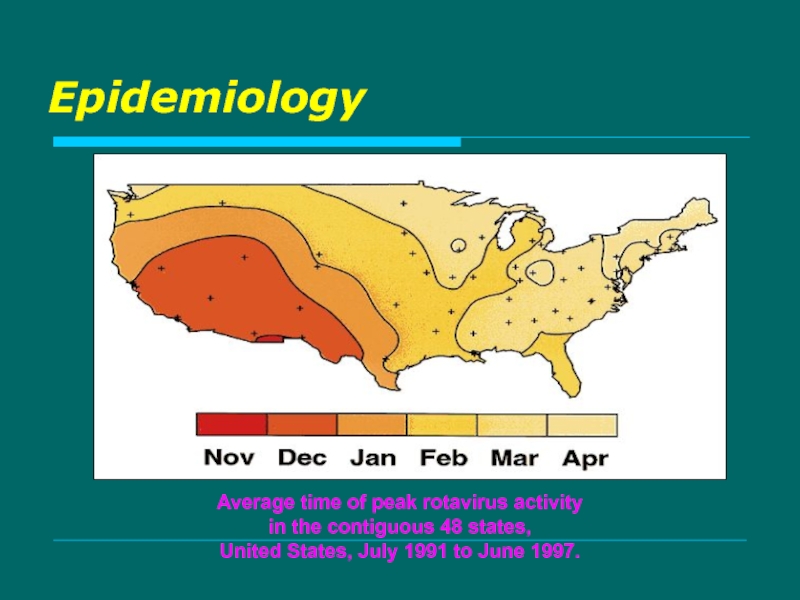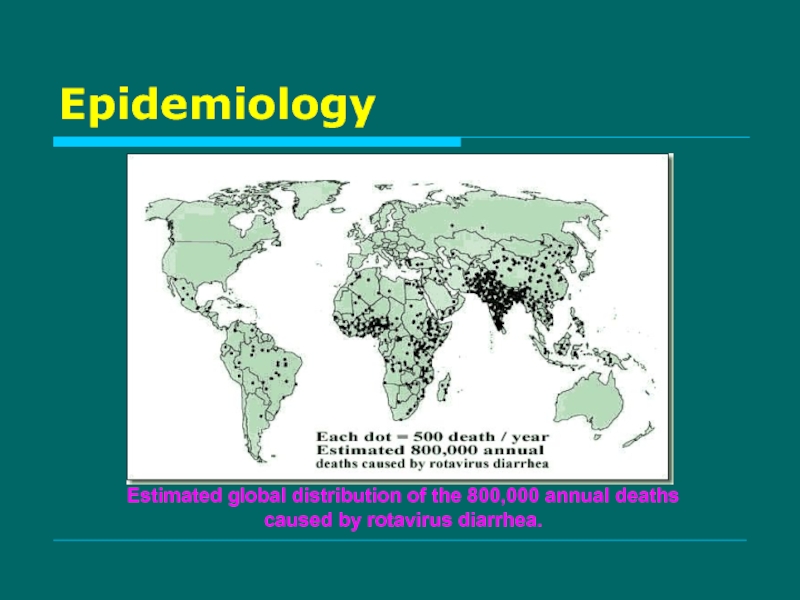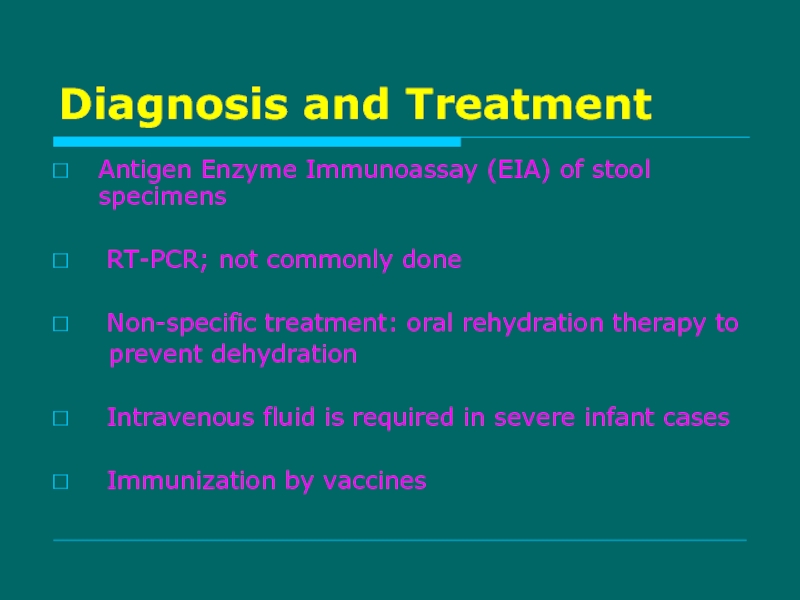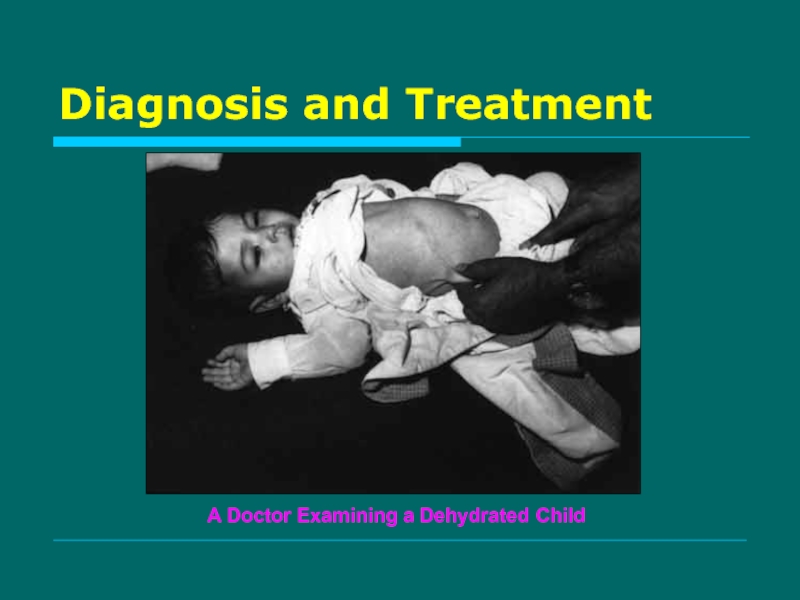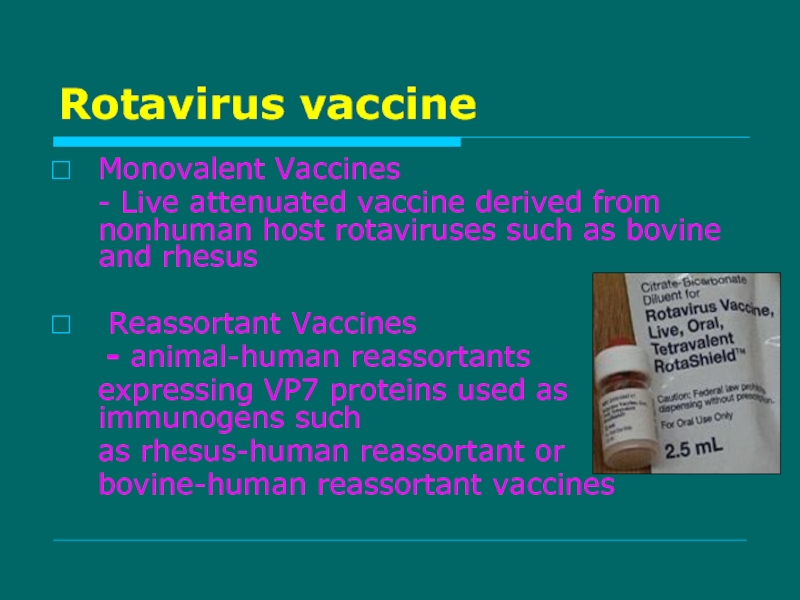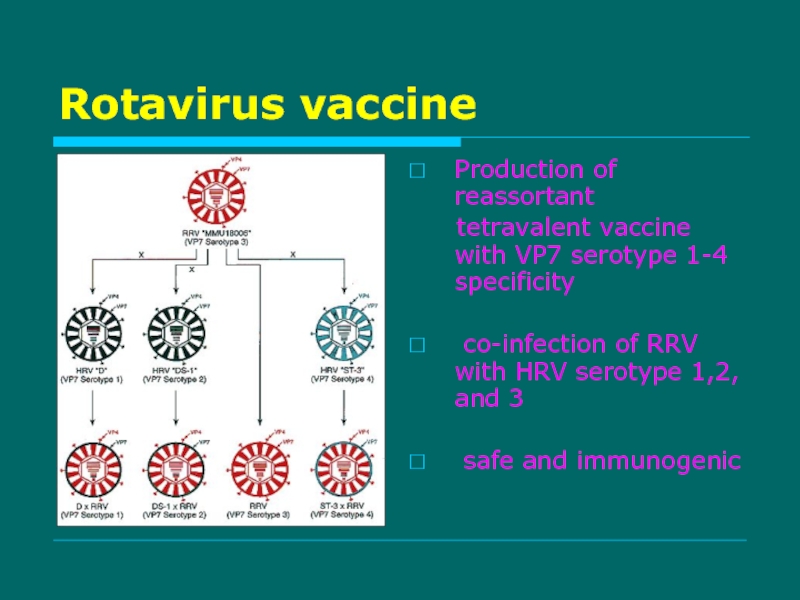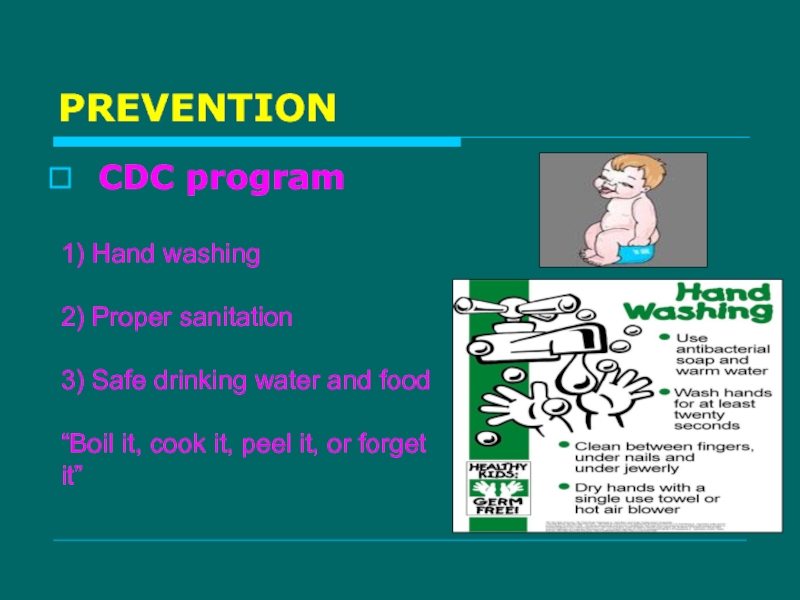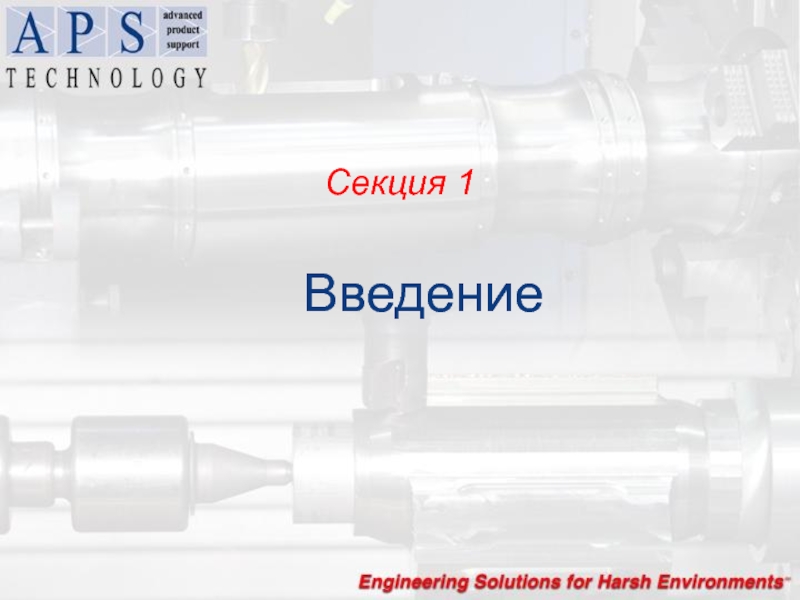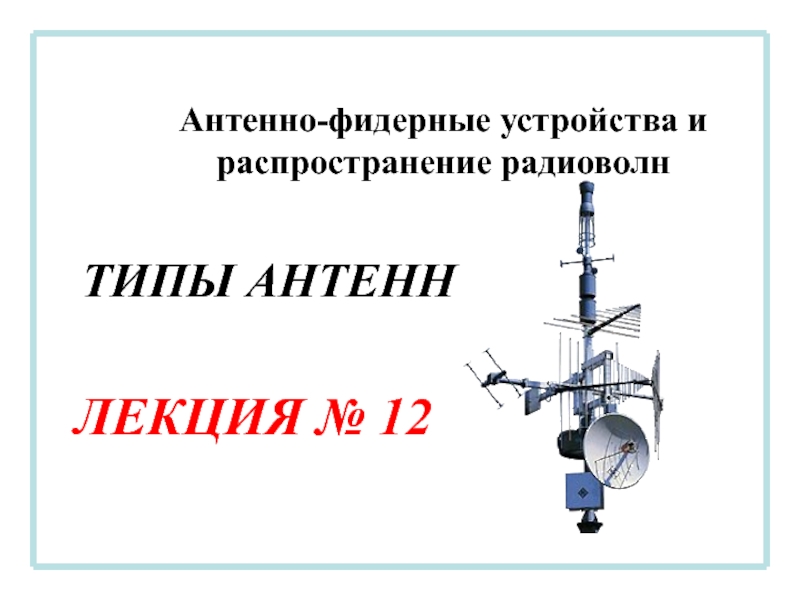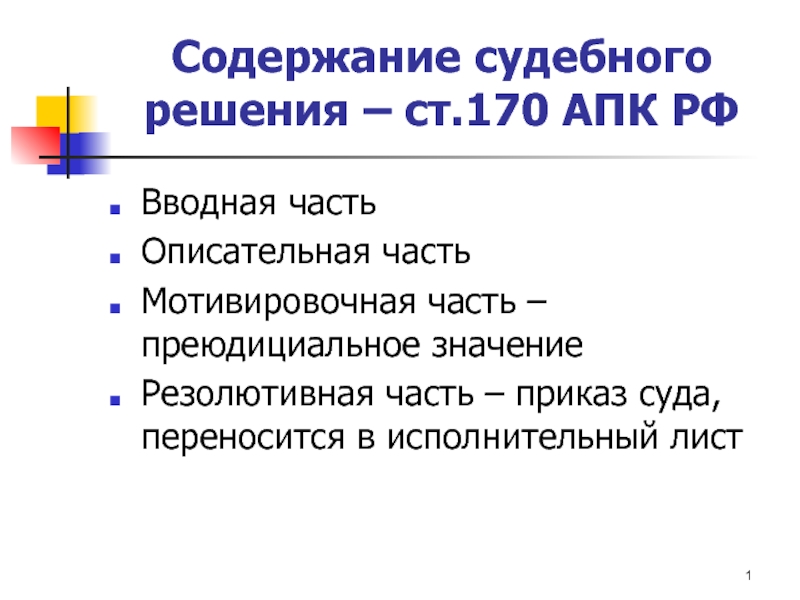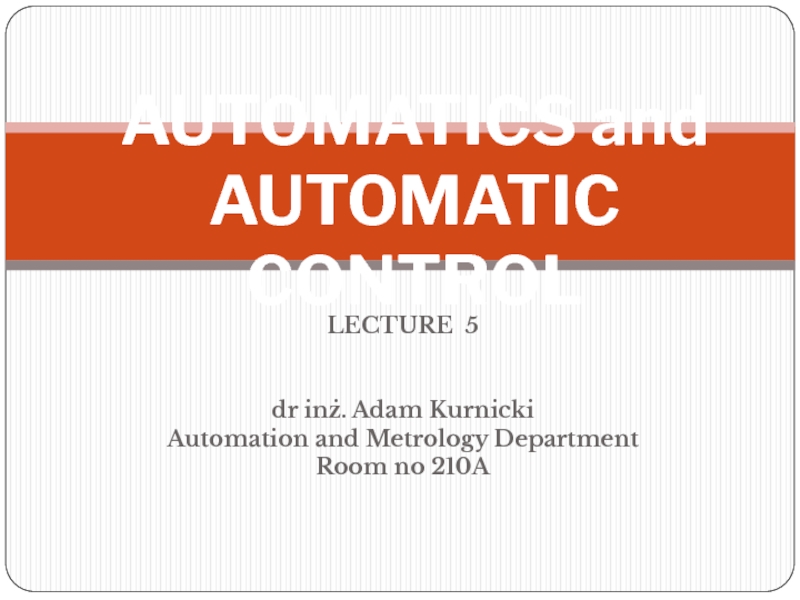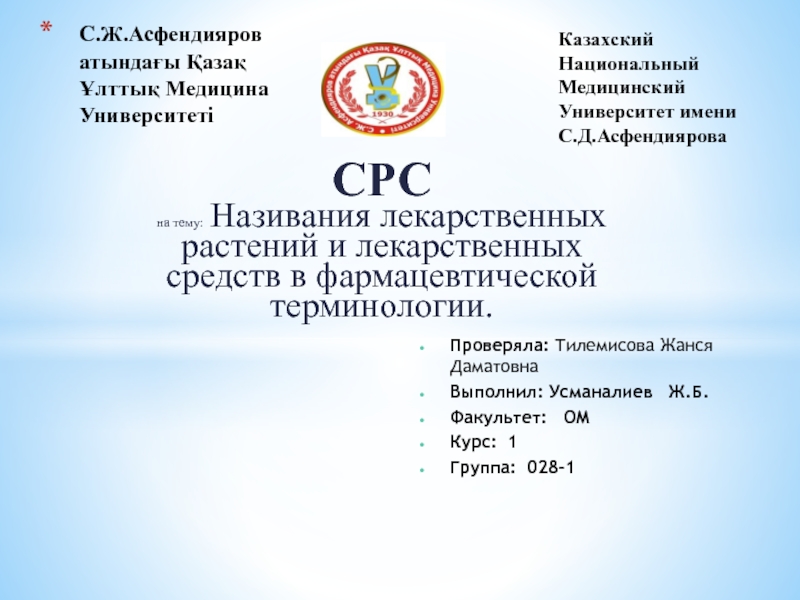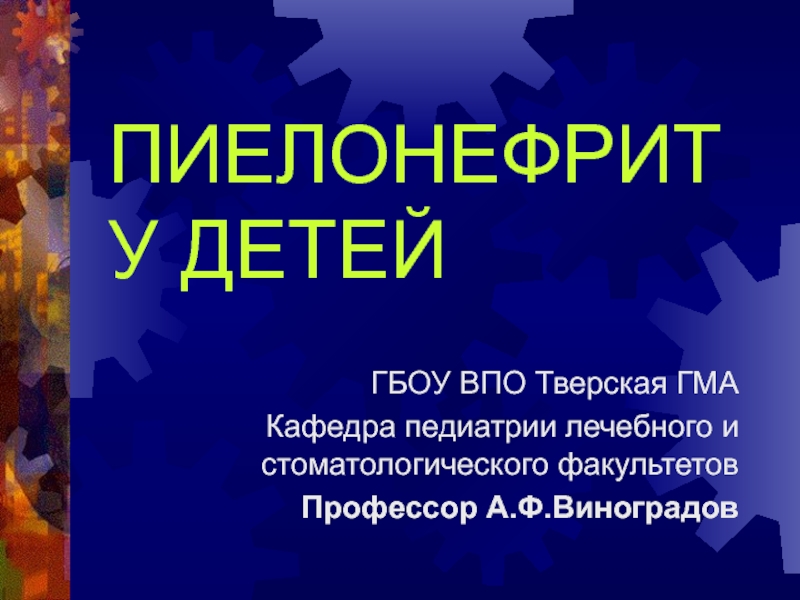Разделы презентаций
- Разное
- Английский язык
- Астрономия
- Алгебра
- Биология
- География
- Геометрия
- Детские презентации
- Информатика
- История
- Литература
- Математика
- Медицина
- Менеджмент
- Музыка
- МХК
- Немецкий язык
- ОБЖ
- Обществознание
- Окружающий мир
- Педагогика
- Русский язык
- Технология
- Физика
- Философия
- Химия
- Шаблоны, картинки для презентаций
- Экология
- Экономика
- Юриспруденция
Rotaviruses
Содержание
- 1. Rotaviruses
- 2. Слайд 2
- 3. MorphologyFamily Reoviridae 70-85 nm diameter Nearly spherical
- 4. Genome11 segments of double-stranded RNA structural
- 5. Genome
- 6. Classificationdefined by cross-neutralization with polyclonal
- 7. ClassificationDistribution of rotavirus strains from a global
- 8. ReplicationAttached to cell receptors contained sialic acidInternalized
- 9. ReplicationSecondary transcription occurs in cytoplasm in later
- 10. Replication
- 11. Pathogenesisinfect upper two-third of duodenal epithelial cell
- 12. Pathogenesis
- 13. EpidemiologyPrimary transmission mode is fecal-oralingestion
- 14. EpidemiologyRotavirus causes the highest level of diarrhea among developed and developing countries
- 15. EpidemiologyAverage time of peak rotavirus activity in
- 16. EpidemiologyEstimated global distribution of the 800,000 annual deaths caused by rotavirus diarrhea.
- 17. Diagnosis and TreatmentAntigen Enzyme Immunoassay (EIA) of
- 18. Diagnosis and TreatmentA Doctor Examining a Dehydrated Child
- 19. Rotavirus vaccineMonovalent Vaccines - Live
- 20. Rotavirus vaccine Production of reassortant
- 21. PREVENTIONCDC program1) Hand washing2) Proper sanitation3)
- 22. Скачать презентанцию
MorphologyFamily Reoviridae 70-85 nm diameter Nearly spherical icosahedral particle Non-enveloped, double-shelled viruses Wheel-like distinct appearance under EM
Слайды и текст этой презентации
Слайд 3Morphology
Family Reoviridae
70-85 nm diameter
Nearly spherical icosahedral particle
Non-enveloped,
double-shelled viruses
Слайд 4Genome
11 segments of double-stranded RNA
structural viral proteins (VP):
outer/inner capsids: VP4 and VP7core: VP2, VP6, VP1, VP3
nonstructural proteins
(NSP): NSP1-5Слайд 6Classification
defined by cross-neutralization
with polyclonal antibodies of
antigenic
specificities (glycoproteins)
VP4 antigen: P serotype;
8 human rotaviruses VP7 antigen: G serotype; 10 human rotaviruses
commonly found strains: P[8]G1; P[8]G3; P[8]G4;
and P[4]G2
Слайд 7Classification
Distribution of rotavirus strains from a global collection of 2,748
strains. "Others" includes strains that were not typable.
Слайд 8Replication
Attached to cell receptors contained sialic acid
Internalized and uncoated via
endolysosomes
Early transcription by viral RNA polymerase occurs inside sub-viral particle
Resulted in synthesis of (+) mRNAs and are translated in the cytoplasm.
Reassortment occurs during Early transcription.
Слайд 9Replication
Secondary transcription occurs in cytoplasm in later
infection in a conservative fashion.
Uncapped non-polyadenylated transcripts
Particles assemble in
the cytoplasm 6-7 h after infectionBudding from the E.R. into internal spaces & are
eventually released when the cell lyses.
Слайд 11Pathogenesis
infect upper two-third of duodenal epithelial cell
infectious particles are
released to intestinal lumen
and undergo further replication
in distal areas cause severe diarrhea, vomiting and abdominal pain
among children
2 days incubation with 3-8 days watery diarrhea
death of over 600,000 children annually worldwide
Слайд 13Epidemiology
Primary transmission mode is
fecal-oral
ingestion of contaminated
food or water and contact with contaminated surfaces
Annual epidemics occurring
from November to Aprilhigh rates of illness among infants and children below 2 years old, but mild among adults
Слайд 14Epidemiology
Rotavirus causes the highest level of diarrhea among developed and
developing countries
Слайд 15Epidemiology
Average time of peak rotavirus activity in the contiguous 48
states,
United States, July 1991 to June 1997.
Слайд 16Epidemiology
Estimated global distribution of the 800,000 annual deaths caused by
rotavirus diarrhea.
Слайд 17Diagnosis and Treatment
Antigen Enzyme Immunoassay (EIA) of stool specimens
RT-PCR;
not commonly done
Non-specific treatment: oral rehydration therapy to
prevent dehydrationIntravenous fluid is required in severe infant cases
Immunization by vaccines
Слайд 19Rotavirus vaccine
Monovalent Vaccines
- Live attenuated vaccine derived
from nonhuman host rotaviruses such as bovine and rhesus
Reassortant
Vaccines - animal-human reassortants
expressing VP7 proteins used as immunogens such
as rhesus-human reassortant or
bovine-human reassortant vaccines
Слайд 20Rotavirus vaccine
Production of reassortant
tetravalent vaccine with
VP7 serotype 1-4 specificity
co-infection of RRV with HRV serotype
1,2, and 3safe and immunogenic
